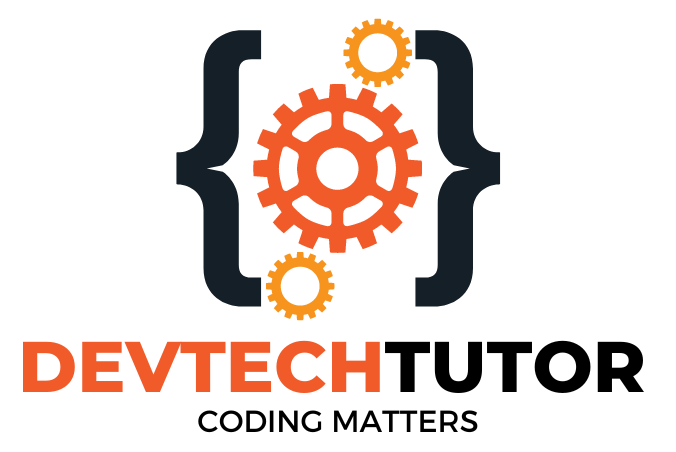Welcome to the first day of our Comprehensive Trading Bootcamp! Today, we will embark on an exciting journey into the world of financial markets. Our goal is to provide you with a solid foundation that will support your understanding of trading in stocks, funds, and cryptocurrencies.
Overview of Financial Markets
Financial Markets are platforms where buyers and sellers engage in the trade of assets such as stocks, bonds, currencies, and derivatives. These markets are vital for the smooth operation of capitalist economies as they provide a way for companies to raise capital, governments to borrow money, and individuals to invest.
Key Market Players
- Investors: Individuals or institutions that purchase assets for potential future profit.
- Traders: Participants who actively buy and sell assets to capitalize on short-term price movements.
- Brokers: Agents that facilitate the buying and selling of securities between investors and traders.
- Exchanges: Marketplaces where securities, commodities, derivatives, and other financial instruments are traded.
Major Financial Instruments
- Stocks: Represent ownership in a company and entitle shareholders to a portion of the company’s profits.
- Bonds: Debt securities issued by corporations or governments to raise capital, paying interest to bondholders.
- Mutual Funds: Pooled funds from multiple investors managed by a professional manager.
- ETFs (Exchange-Traded Funds): Investment funds traded on stock exchanges, holding assets like stocks, commodities, or bonds.
- Cryptocurrencies: Digital or virtual currencies that use cryptography for security, such as Bitcoin and Ethereum.
Understanding Stock Markets
The stock market is a collection of markets where stocks (shares of ownership in businesses) are bought and sold. Stocks are traded on stock exchanges, with the most notable ones being:
- New York Stock Exchange (NYSE)
- NASDAQ
- London Stock Exchange (LSE)
Example: Buying a Stock
Imagine you want to buy shares of Apple Inc. (AAPL). Here’s how the process works:
- Research: You analyze Apple’s financial health, market position, and future growth prospects.
- Choose a Broker: Select a brokerage firm to facilitate the purchase.
- Place an Order: Through your broker’s platform, you place a buy order for a specified number of shares.
- Transaction: The order is matched with a seller, and the shares are transferred to your account.
Trading Platforms and Tools
To engage in trading, you need access to trading platforms. Some popular ones include:
- E*TRADE
- Robinhood
- TD Ameritrade
- Coinbase (for cryptocurrencies)
These platforms offer tools such as real-time quotes, charting software, and research resources to help you make informed decisions.
Risk Management Basics
Risk management is crucial in trading to protect your capital from significant losses. Basic strategies include:
- Diversification: Spreading investments across various assets to reduce risk.
- Stop-Loss Orders: Setting a predetermined price at which a security will be sold to prevent further losses.
- Position Sizing: Allocating a certain percentage of your capital to each trade based on your risk tolerance.
Example: Using a Stop-Loss Order
If you buy 100 shares of Tesla (TSLA) at $700 each, you might set a stop-loss order at $650. If the price drops to $650, your shares will be sold automatically, limiting your loss to $5,000.
Conclusion
Today, we covered the basics of financial markets, including the key players, major instruments, and the importance of risk management. Understanding these fundamentals will set the stage for your journey into trading.
Stay tuned for Day 2, where we will delve into trading terminology and concepts, laying the groundwork for more advanced topics.












